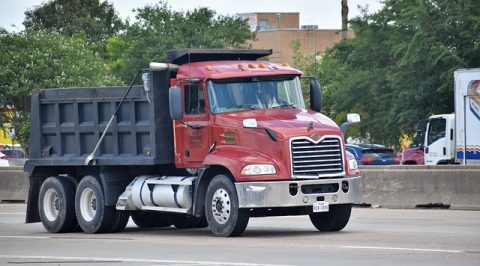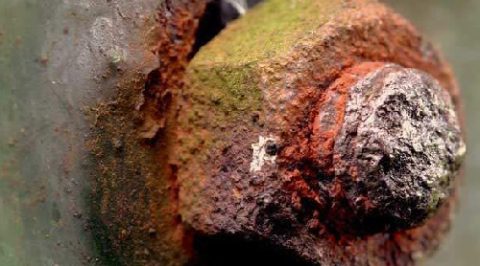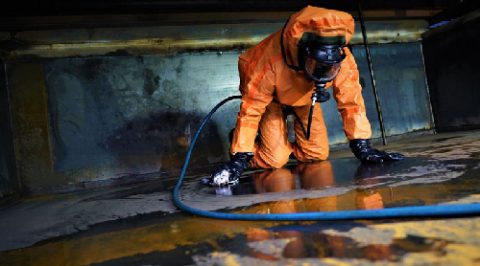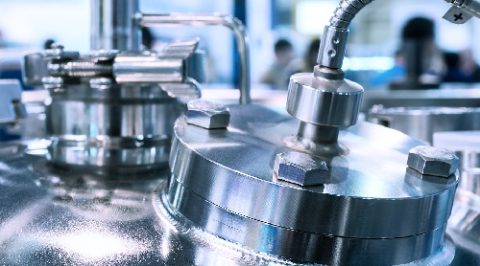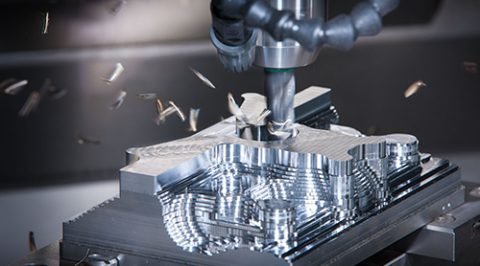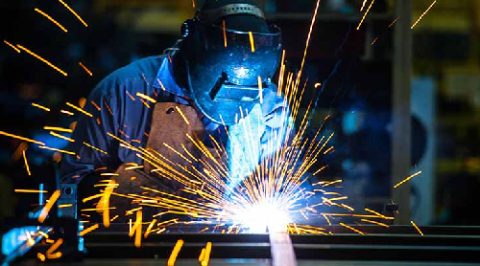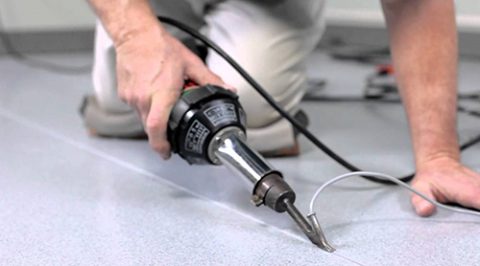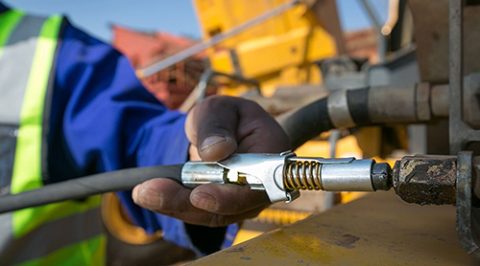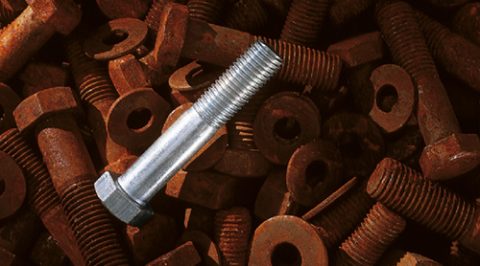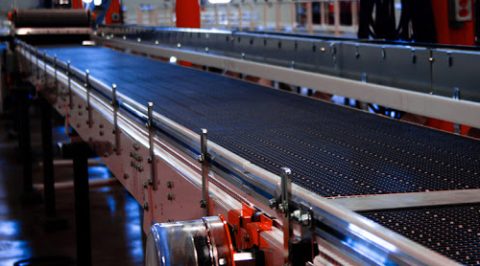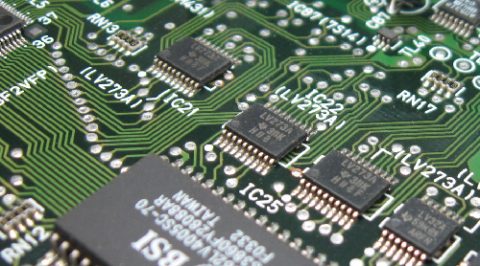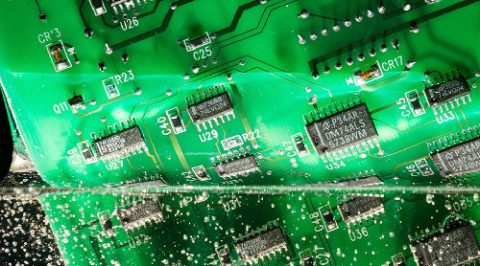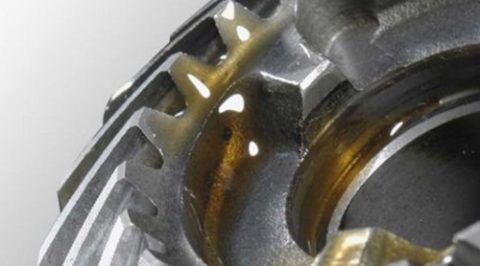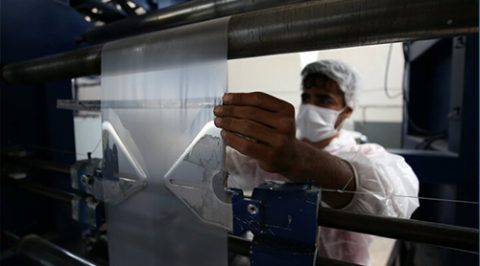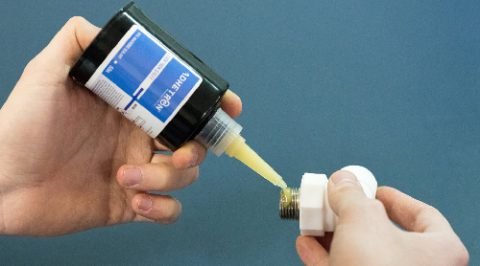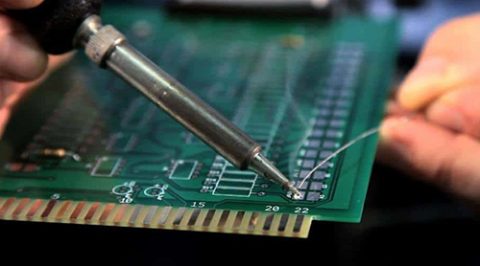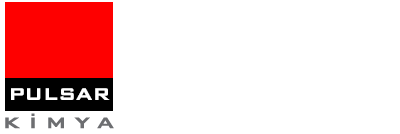
Against Corrosion
Corrosion is a situation faced in every industry from food to electronics, from petrochemistry to marine. Corrosion is a type of wearing that causes problems like visual deterioration, wearing off, damage or inability to operate etc. Intervening with the correct product carries depending on the type and location of the corrosion carries a big importance in the battle against corrosion.
In marine industry products with water-resistance can be used to prevent corrosion that causes visual deterioration and is found on the surfaces of chromium parts. This way parts can be protected in stocks or on the field. To clean the corrosion and burring that occurs on the chromium surfaces it is important to use chemicals that does not contain toxic and dangerous materials like acid and caustic, does not harm the sea creatures and does not create any risks.
Protection of systems like ignitions, battery heads and electrical circuits with water repellent products after the conduction of cleaning with environmentally friendly chemicals will allow the cleaning to last longer. Electronical circuits that are exposed to the corrosive environment caused by water, moisture, salt and sun have also to be protected against organic factors like mould, rust and mushroom.
In these situations, coating the circuits with a protective layer will help to avoid these problems and allow the system to function flawlessly for a long time. Corrosion that occurs on the connection pieces of the pipes that has liquid flowing within like hydraulic, fuel etc. or the valves will cause the system to block and the parts to bond.
Chemical solutions that pacify the rust on rusty surfaces by converting it to a protective layer will also be helpful in a visual way. Salty water-resistant cold galvanising application provides a protection against corrosion in all connection points and in welded metals.
The corrosion that occurs on the equipment causes parts to stop functioning. In breakdowns during under sail, damaging the parts during the dismantling of parts that suffered corrosion or was bonded will cause big problems. In these situations, using products with low disassembly torque will decrease this risk.
In situations where an emergency interference is necessary, the parts of the system are still hot. Therefore, the usage of standard rust removers creates the fire risk due to the low flaming point of standard rust removers. On the hand, waiting for system to cooldown is a waste of time. Hence, in this type of situations, using products with high flaming points and safely usable on high temperatures will provide an advantage to the user in terms of efficiency and safety.
SIMILAR SOLUTIONS
